This is the first time the iPhone devices (iPhone 12) arrive without a charger and headset, but it is expected to compensate with some improvements over the iPhone 11 predecessor’s look and specs. The Apple phone presented on 13th October 2020 has more features than the iPhone 12 Pro and iPhone 12 Max, such as the 5G internet and the enhanced finished OLED display, in addition to the new processor.
iPhone 12 is also no longer the most basic of the line, that title now belongs to the iPhone 12 Mini. Check out, in the following lines, everything that changes in the design and technical data sheet of the smartphone in comparison with the 2019 model.
iPhone 11 and iPhone 12 Datasheet
| Specifications | iPhone 11 | iPhone 12 |
|---|---|---|
| Launch | September 2019 | October 2020 |
| Launch price | $699 | $829 |
| Screen | 6.1 inches | 6.1 |
| Screen resolution | 1792 x 828 pixels | 2532 x 1170 pixels |
| Processor | A13 Bionic (hexa-core up to 2.65 GHz) | A14 Bionic |
| RAM | 4 GB | Not disclosed |
| Storage | 64, 128, or 256 GB | 64, 128, or 256 GB |
| Memory card | No support | No support |
| Main camera | Dual Camera: 12 MP and 12 MP | Dual Camera: 12 MP and 12 MP |
| Front Camera | 12 MP | Double Camera: 12 MP and 12 MP |
| Battery | 3,110 mAh | Not disclosed |
| Operating system | iOS 14 | iOS 14 |
| Dimensions and weight | 150.9 x 75.7 x 8.3 mm; 194 g | 146.7 x 71.5 x 7.4 mm; 164 g |
| Colors | White, Black, Yellow, Red, Green, and purple | White, Black, Red, Green, and Blue |
Screen, Design, and Colors
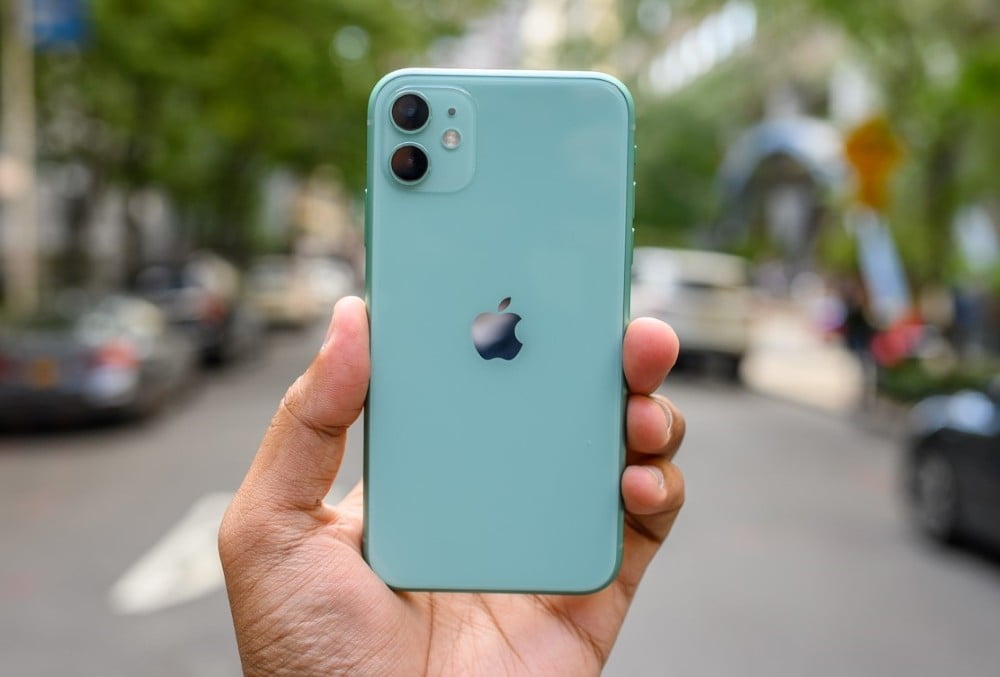
The iPhone 12 is slimmer. The new generation of the Apple mobile phone brings a screen with the same 6.1 inches as before, but with fewer edges. As a result, all dimensions are smaller: it is lower, narrower, thinner, and lighter than the iPhone 11.
Part of the changes is also due to the design repagination that came with a few modifications since the iPhone X. The appearance of the launch brings elements from the iPhone 5S, such as the flattened metal sides. The rear is still covered with glass.
Besides making better use of the space on the body, the display is better. The iPhone 11’s LCD gives way to the iPhone 12’s OLED on the Super Retina XDR panel, previously only seen in the Pro edition. It has almost twice as many pixels and is HDR-compatible. The screen should display more vibrant color images with contrast that goes from 1400:1 to up to 2,000,000:1.
The new iPhone screen also brings what Apple calls Ceramic Shield, special glass with crystals in the composition. Allied to the metallic side in straight edges, it increases the durability of the smartphone four times, according to the company. However, it was not explained the criteria to arrive at this account.
Water resistance has also improved. Although the IP68 specification is the same as for iPhone 11, the iPhone 12 triples the size of the water column supported in immersion: from 2 to 6 meters deep over the same 30 minutes.
The available colors, on the other hand, have decreased. While iPhone 11 has six color options (white, black, yellow, red, green, or purple), iPhone 12 comes in five colors: white, black, red, green, and blue.
Cameras
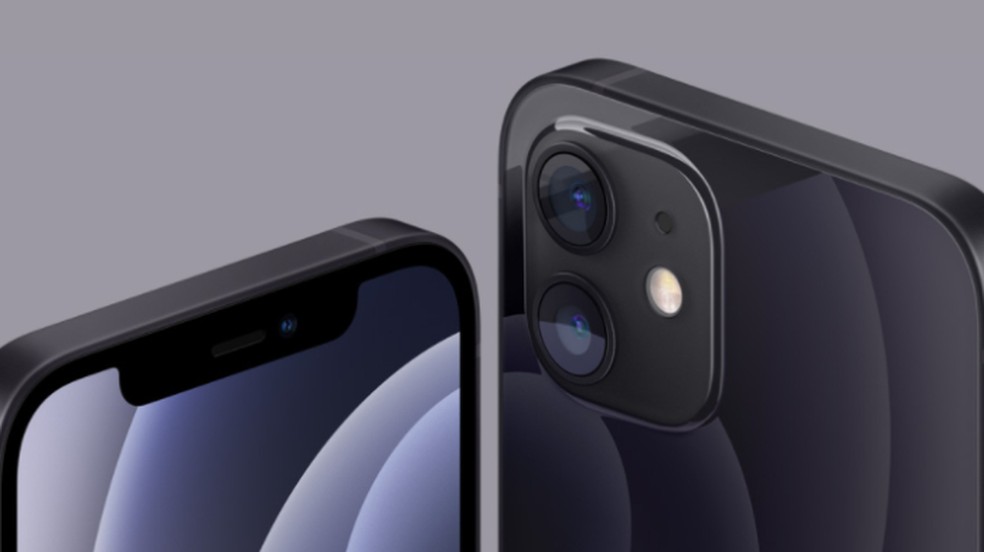
The iPhone 12 maintains dual camera housing with two 12 MP sensors – they feature regular (wide) and wide-angle (ultra wide) lenses. However, there are changes in hardware and software to make photos better, especially under adverse lighting conditions.
One of the main developments is the main lens, whose aperture of f/1.8 increases to f/1.6 and allows 27% more lighting to enter. In the second camera, the most substantial new feature is compatibility with Night mode. This time, therefore, the iPhone allows you to take more open photos even when it’s completely dark.
In the software, the highlight is the HDR, which is smarter to understand the scene and adjust colors and exposure in an automated way. In video recording, it is possible for the first time to use the Dolby Vision HDR format on a smartphone. The technology is seen as superior to the HDR10, the most popular format in the industry. However, Apple suggests that you can only view the details on a compatible TV.
Performance and Storage
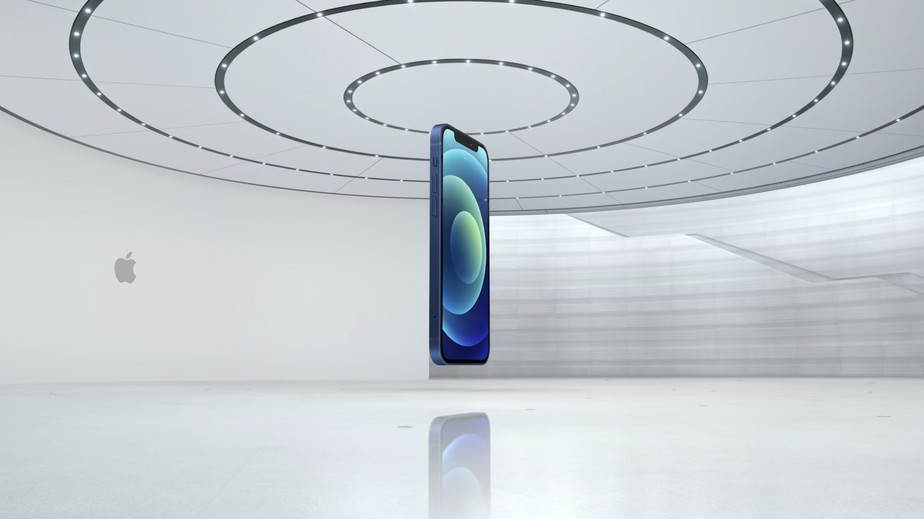
iPhone 12 declares a new leap in performance with the arrival of the A14 Bionic chip. Besides being faster than the iPhone 11 processor, the component brings more advanced neural networking to compute data used in applications that need artificial intelligence.
The application is vast, with potential improvement in photos, games, video editing, and Siri operation. However, Apple admits that the power will be underused for now, emphasizing that the smartphone is “ready for the future” and brings “enough power for whatever comes”. Thus, the A13 Bionic present in the predecessor should still be more than enough to handle everyday tasks for some time to come.
The technical sheet does not mention the amount of RAM, but specialized sites point out that the new iPhone still has the same 4 GB as the previous generation. The storage hasn’t changed either. Consumers will be able to choose between 64, 128, or 256 GB of capacity.
Battery
The main novelty of the iPhone 12 battery is not its duration, but the way it will be recharged. For the first time, Apple will not include a charger in the device case, only the data cable. With the measure, which would aim to contain the disposal of electronic waste, the consumer will be obliged to use a plug that already has or buys a power adapter for $29 at the official Apple store.
The iPhone 12 is not expected to substantially improve battery life. According to Apple, the increase is only one hour more in video streaming, while other activities would yield the same autonomy as the iPhone 11. It is worth mentioning, however, that the past generation has had several strides, with a battery that allows us to spend the whole day away from the outlet.
There is also the new MagSafe function, which releases wireless recharge with a magnetic charger. Apple has already announced some compatible accessories, including a small wallet that can be attached to the back of the phone.
System
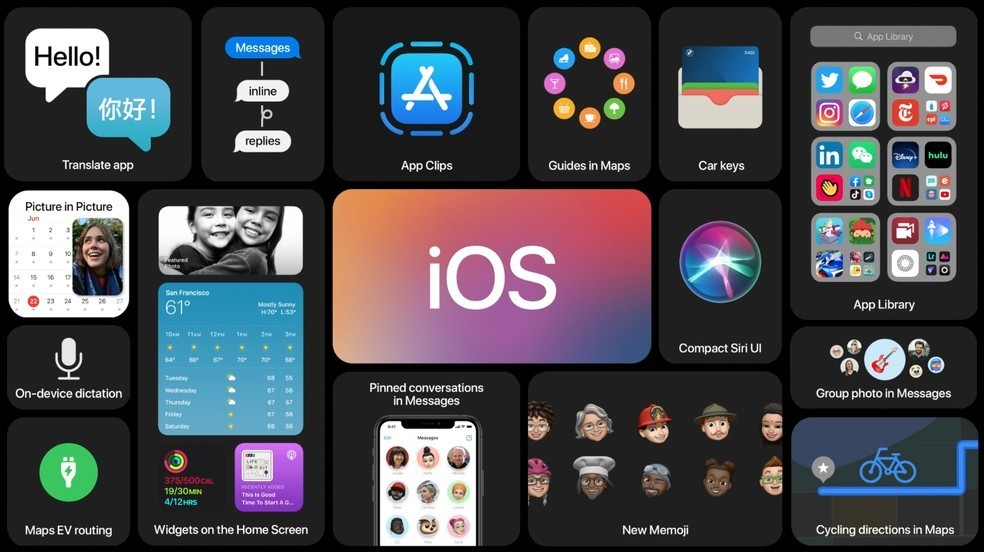
The iPhone 12 comes out of the factory with iOS 14, a system released by upgrading to previous models, including the iPhone 11. The user experience is expected to be the same between the devices, except for the functions available in the native camera application. Also, the newer phone should yield at least one more year of technical support for future versions of the software.
Additional Features
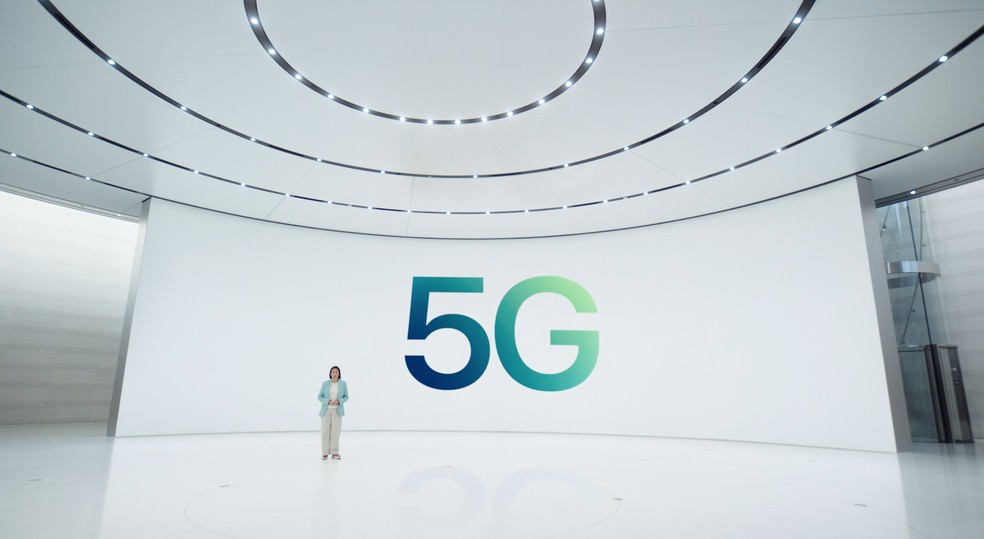
Another highlight of the iPhone 12 datasheet is the arrival of 5G connectivity. Apple promises up to 3.5 Gbps in fifth-generation networks, plus 2 Gb/s in 4G.
However, many countries still do not offer this type of connection. There is still no forecast for marketing 5G plans by operators, even if companies in the sector have already started tests.
Other connectivity specifications are maintained, such as Bluetooth 5.0 and Wi-Fi 6 support. The unlocking by facial recognition is also the same as for iPhone 11. The headphones are still in the Lightning format, but no longer come in the box, as well as the charger. They are sold on the official website for $39.99.
Price and Availability
The iPhone 12 became more expensive than the iPhone 11, at least in the United States. The 2019 launch cost US$699, while the new generation comes out at $829 – an increase of $130. The versions with 128 GB and 256 GB costs $879 and $979.
This post may contain affiliate links, which means that I may receive a commission if you make a purchase using these links. As an Amazon Associate, I earn from qualifying purchases.

